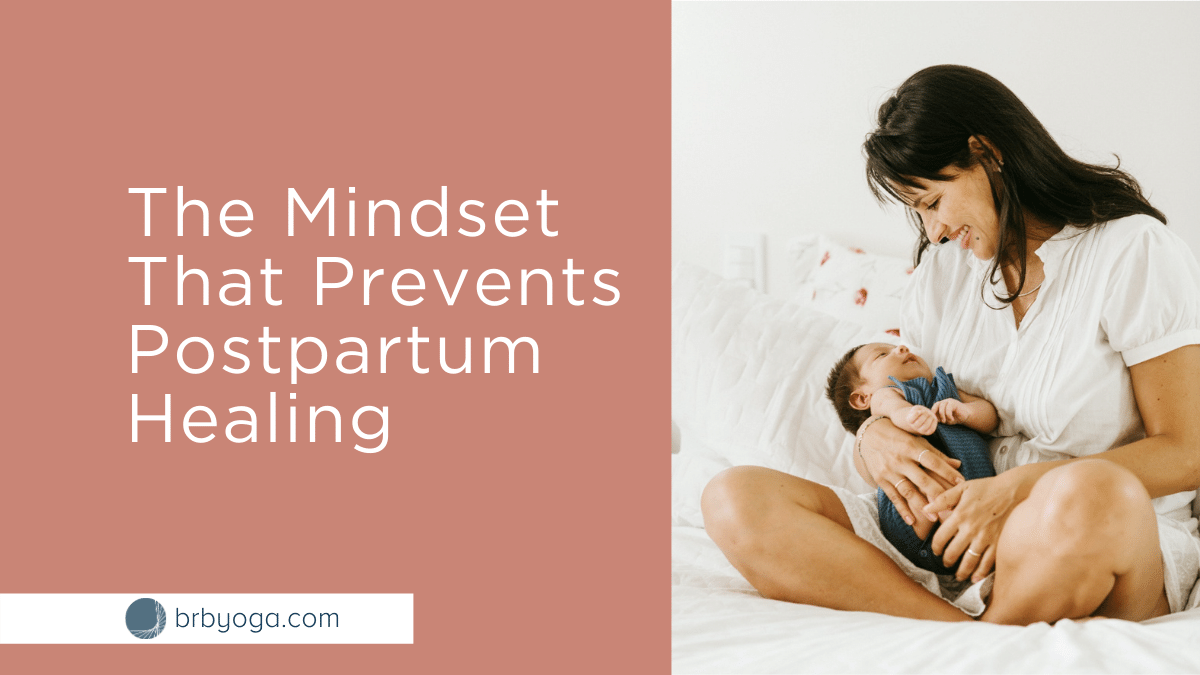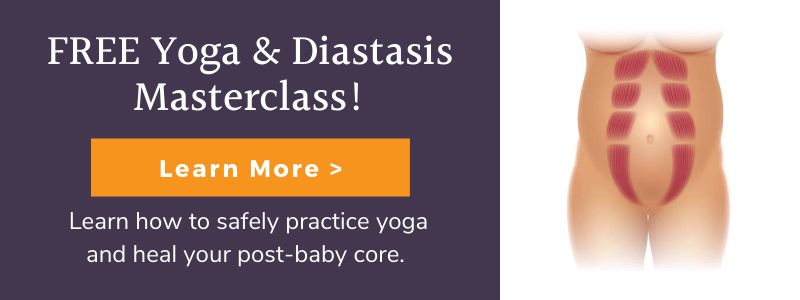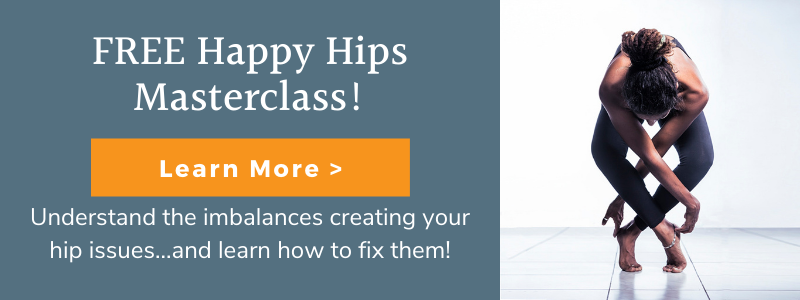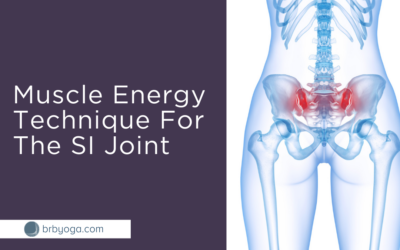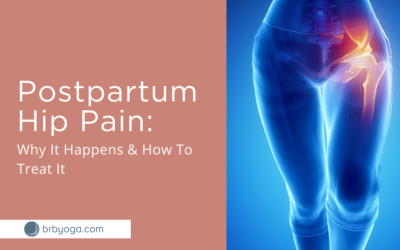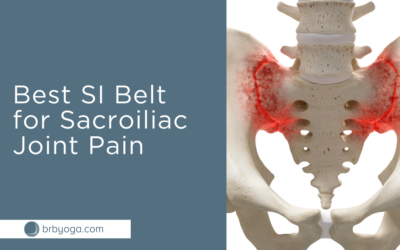It’s not a physical thing. It is a mental thing.
Many women struggle to go slow after they’ve had a baby.
What does that look like in women?
It shows up as the belief that “If I’m not exercising really hard, I’m going to gain weight.”
Or “I’ll never lose this baby weight.”
Or, “I need to exercise hard to get that endorphin high that I’m so used to feeling.”
These beliefs stand in the way of healing for many, many women.
The Importance Of Slowing Down
If you have diastasis recti, pelvic floor prolapse, or a hernia, you must learn how to manage your intra-abdominal pressure.
You also need to go slow to strengthen the brain-body connection. When the body is pregnant, some of the key muscles (like the deep core muscles) come offline. It takes effort to rebuild the connection to those muscles. But it’s necessary so that when the brain says, “I want this part of me to engage,” the muscles respond.
You have to slow down, at first, to make all that happen.
Do smaller movements, slowly, and at a lower intensity than you are likely used to.
If you don’t you risk ongoing physical issues like diastasis recti, pelvic floor prolapse, and back, and hip pain. These issues will DEFINITELY derail you from your fitness goals.
Building A Strong Foundation
Take the example of teaching your child to read.
You start SO slowly…with the letters. Then you move to phonics…this letter stands for this sound.
Once you have that foundation in place, you move on to more complicated steps. You put the letters together to form words, then sentences.
The same principle applies to the postpartum body.
Then you begin adding in simple, gentle movements to ensure the muscles work the way you want when you move.
Then you take it into higher intensity, more complex movements.
It’s okay that you’re not going to be sweating profusely for a few weeks.
You are creating your foundation. Muscle and movement patterns that will support your body for a lifetime.
With the foundation in place, the whole world of movement then opens up to you. You can go run that marathon, do that box jump, or do whatever it is that you love doing.
So if this sounds like you…if you feel like you can’t slow down, please trust that you will get back to everything you love soon enough. Whatever it is, it is possible for you. But you have to start with a strong foundation.
If you had your baby years ago, and now realize that you did too much too soon and are paying the price, please know, it is NEVER too late to go back and build your foundation.
If you are looking for support in creating that solid foundation for your body, please come check out my free trainings below.

